Hello! Would you like to know more about fisheye lenses for Canon? If yes, you are in the right place.
Fisheye photography shooting is a specialized artistic photography that is more apt for professionals and serious enthusiasts than experimenting amateurs. Fisheye lenses are grouped into two types namely the diagonal and the circular lenses. A circular fisheye lens for Canon makes a rounded image in the camera while a diagonal fisheye lens occupies the whole frame. Fisheye attachments are cheaper than dedicated lenses but if you want to experience creative photography to the maximum then remember that attachments can’t cut it. The following are some of the top fisheye lenses for Canon that may be compatible with your Canon camera body.
Photos captured by a fisheye lens

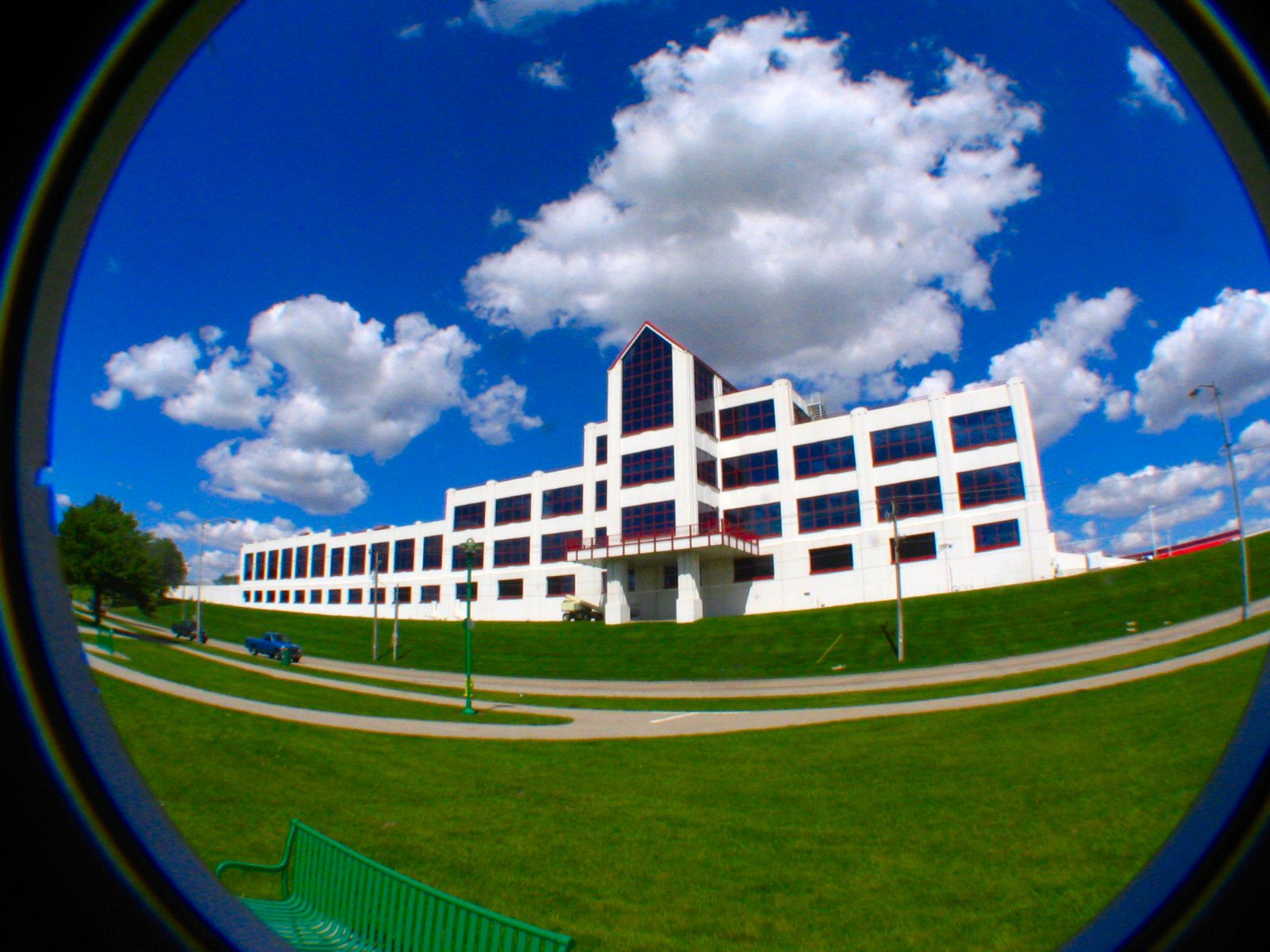
Unbiased Review for FishEye Lenses for Canon:
1–Canon 8–15mm f4L EF:
Specifications:
[usr 4.8]
- Has a max aperture of 4.0 and a focal length of 15mm
- Have 14 elements in 11 construction groups
- Has a diagonal viewpoint of 180 degrees
- Has lens extension and focus adjustment mechanisms
- Has the closest focusing distance of 0.16m / 6.2 in
- Has a Ring USM drive system
- It accepts up to three pre-cut gel filters
- Has a max weight of 540g and max diameter by a length of 3.1 by 3.7 in, 19.1 oz / 78.5 by 83.0 mm
Photography experts consider it as one of the best high-end professional Canon lenses specially made for cameras with full frames. It also enjoys a wide zoom range making it one of the best multi-purpose fisheyes lenses.
Pros:
- Has crisp imaging that produces super sharp images
- Has a very fast autofocus feature that works superbly even in areas with low light
- It is used almost anywhere in the world because it is weather-sealed
- Have focused rings and a smooth zoom
- Can produce both diagonal and circular fisheye images
Cons
- It is heavier compared to its competitors
- Its lens shield doesn’t lock well into its designated place
- Has small chromatic anomaly, that is, it produces images with colored halos surrounding the subjects or objects if the background light is distinct from the main light.
Price:
- It costs around $1,199.00
Check sample photos for Canon 8-15 mm through this video via DigiCam
2-Rokinon 8mm f/3.5 FE8M–C:
[usr 4.4]
Specifications:
- Has ultra-wide diagonal viewpoint (180 degrees) for APS-C image formats
- Its lens is made with intermingling aspherical lenses
- Its lens has a super multi-layer coating for reducing ghost images and flares
- It has a min focusing distance of 12 inches
- It has a built-in petal hood
The Rokinon is among the cheaper fisheyes lenses that you can find in the market. The lenses are compatible with Canon DSLR, but their imaging is not great.
Pros:
- Can be used with both the crop sensor and the full-frame bodies
- Has very small lens flare
- Its focus ring is very smooth, and it has a rubber grip that makes its use easy
- Has a durable and sturdy design
Cons:
- Its hood blocks part of the image when using the full-frame option. The hood can be removed to eliminate the problem.
- Has manual focus only
- The chromatic aberrations are very common
Price:
- It costs around $236.95
Check the sample video for Rokinon 8 mm via Chris gamepad
3-Canon 15mm f/2.8 EF:
Specifications:
[usr 4.8]
- Has a max aperture of f/2.8 and fisheye lens measuring 15mm
- It has 180 degrees viewpoint.
- It has min focusing distance of 8 inches
- It can accept up to three gel filters at once
- It weighs 11.6 ounces, measures 2.4 inches long and 2.9 inches in diameter
It was introduced in the year 1987, and there is a good reason it has survived in the market for so long. It fits in the high-end class of lenses. Only full-frame cameras can use it.
Pros:
- Has incredible crisp optics with no flare around the images
- Has the largest front element on the market when compared to other 16mm 0r 16mm fisheye lens
- Can stop down to f/22
- Has a hard infinity focus that is incredible for shooting night skies
- Has a fast autofocus
- It’s lightweight hence ideal for traveling with
Cons:
- If it is used with a 1.6x or 1.3x Canon format camera, it will produce a partial fisheye effect
- Has no lens hood
- It has to toggle between manual and auto settings
- Has no way of stabilizing an image
Price:
- It costs around $728.00
Check here the unboxing of Canon 15mm through this video via Salathiel Saldana
4-Sigma 8mm f/3.5 EX DG
Specifications:
[usr 4.4]
- It has a circular, digital, optimized fisheye automatic focusing lens
- Can have a viewpoint of 180 degrees if attached to 35mm SLR camera or a full-frame digital camera
- Has a max magnification of 4.6x, min distance of 5.5 inches, and a max aperture of F3.5
- Has a multi-layer, superlens coating that reduces ghosting and flares
- Has a gelatin filter holder at its rear
The Sigma circular full-frame fisheye lens has the widest round fisheye with autofocus offered on the market. Regarding compatibility, it can fit well with crop sensor cameras.
Pros:
- Has a durable and sturdy design
- Has a close-zooming capability of up to 5.1 inches
- Has a spring filter holder that is loaded for drop-in gels
- Have sharp images with negligible lens flare
Cons:
- Has no silent autofocus mode
- Has no manual full-time focus override
- Has no image stabilization capability
- Its autofocus can be very slow especially when the area or situations has low light
Price:
- It costs around $899.00
Check here the unboxing of Sigma 8 mm through this video via Craig Shipp
5-Tokina AT-X 107 Fisheye AF DX 10-17mm F/3.5-4.5
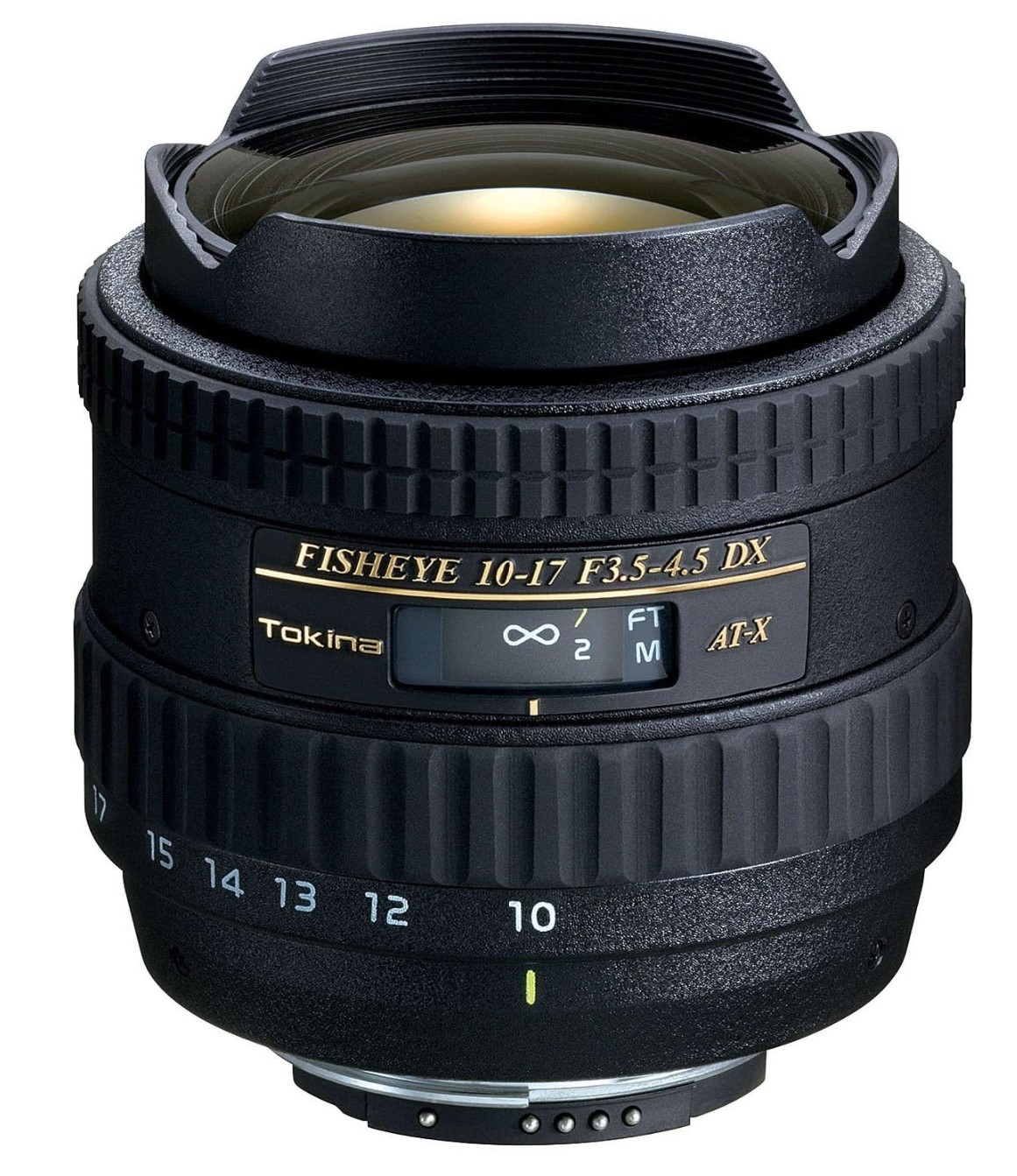
Specifications
- Fisheye Zoom Lens
- 180° Diagonal Field of View
- Aperture Range: f/3.5-22
- Water Repellent Coating
- Super-Low Dispersion Glass Element
- Built-In Lens Hood
- Compatible with APS-C-Sized Sensors
Pros:
- Wide-angle zoom range of 10-17mm
- Good image quality, especially at f/8 and smaller apertures
- Relatively inexpensive
- Weather-sealed construction
- Manual focus override
Cons:
- Slow autofocus
- Some barrel distortion at 10mm
- Not compatible with full-frame cameras
Thanks for reading & if you have any comments just post them below & I will be glad to help you :).
If you enjoy the site, don’t forget to subscribe, we will only inform you when a new article is posted.




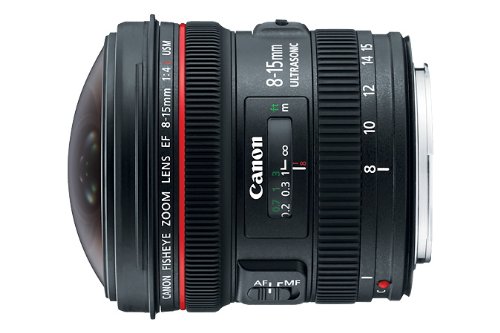
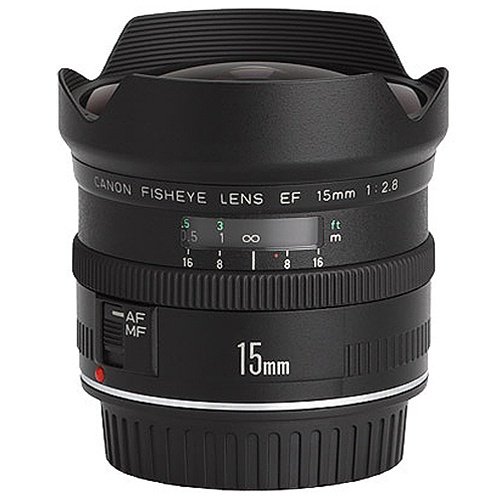



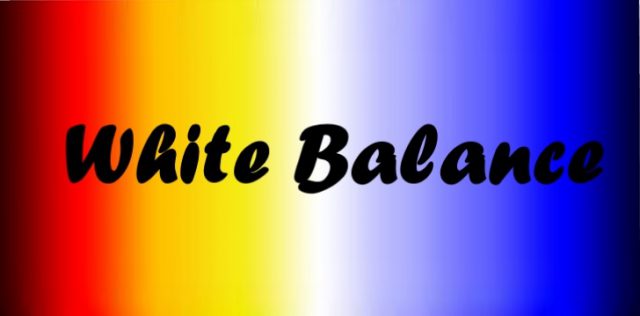

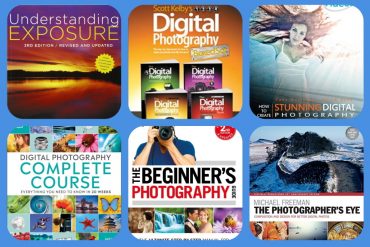
Great product overviews man! Looks great on mobile, I just wish they were ranked from high ratings to low… Still, looks great!
My cousin shoots city film quite often, I will be sure to send her a link to your page. I’m not sure what her favorite lens type is, but I’m sure she will be able to find something as you do have numerous products listed!
Keep up the great posts! 🙂
Hello Trevon, thanks for your comment & I appreciate sending the post link to your cousin.
Great site dude! I love photography I’m not a canon user. I did try Canon great cameras (EOS model which one no idea) seems far better functionality wise than my Nikon.DSLR.
Just got me in the mood for some fisheye photography.
Would you mind outlining the benefits of using a fisheye lens Vs manipulating the image to have the fisheye effect using software?
Nice to know your thoughts?
Hello Derek,
Thanks for your comment, You can get the effect of fisheye lens by shooting a lot of photos (around 16) & merging them by photoshop which is little complicated process, By the fisheye lens you can get the panoramic effect just by one shot as it is ultra wide angle lens which gives around 180 degrees angel.
In the scheme of things how important is it to have a fisheye lens compared to a good range of fixed focal length telephoto lenses or say a couple of zoom lenses and a wide angle lens?
My DSLR is a Nikon but I’m sure their are a similar range of fisheye lenses to fit.
Your advice would be appreciated.
Hello there,
It depends on what kind of photos you are capturing, since the fish eye is an ultra wide angle lens so If you are regularly shooting panorama,architectural & indoor photos then you should have fish eye lens in your camera bag.
A very well written article. The information is very easy to read and navigate.
Lot of pictures are included which is also good for the reader! Very informative!
I like how the different products are organised by giving the pros and cons, this gets straight to point. Many writers tend to waffle on.
Overall a very well presented article. Keep up the good work!
Thanks Matt.
WOW nice article! My question is that, the fact you’ve used the fish eye to describe this camera certianly means, the fish has a really good vision right? because am curious. Anyway, thanks for the information on the camera and it’s good to see that there are cheaper options, because am looking to get one. I will come back to review this article again when I finally make the decision.
Hello Ramirez, Actually the lens is named fish eye lens as most fish have wide angle vision, Thanks for dropping by my website.
I also own a Canon camera and had no idea you could get lenses like these. I would love one but the price tag a bit steep for somebody like me who just does photography for fun.
I wonder if there is a cheaper alternative. But other than the price of the lenses,i love my Canon.
Hello Michel,
Here you can find the cheapest Canon lenses & I strongly recommend the first lens in the review, thanks for passing by.
Hi Ehab,
Great post, I like the way you listed all the information I am interested in knowing. I’m actually in the market at buying a Canon camera, so I always like to know what is available as attachments and how much it will cost before I buy the body. Nice website, I am off to check out your photo gallery now.
Cheers
Paul
Thanks Paul, glad to help
Wow great job on this post. So much information that is so very helpful. If I needed to find out what was the best fish eye lens for a Canon camera I would certainly be able to come to this post and be confident in my decision after reading your reviews. I like how you give pros and cons and include pictures and videos. When spending a lot of money you want to make a wise purchasing decision and your post is extremely helpful in doing so!
Thanks Jenette, glad that you liked the article.
Thanks Ehab for compiling for us some of the best fisheye lenses for Canon. It’s good to see that there are cheaper options for those who aren’t willing to spend 1000+ on a lens. In my case, my DSLM camera doesn’t have an EF mount, so unless I got an adapter I wouldn’t be able to use any of these. Still, I’ll look into; it would be nice to add an ultra wide angle lens to my collection.
Thanks Paul for your comment, yes sure using ultra wide lenses are interesting i think everyone loves photography should try it.